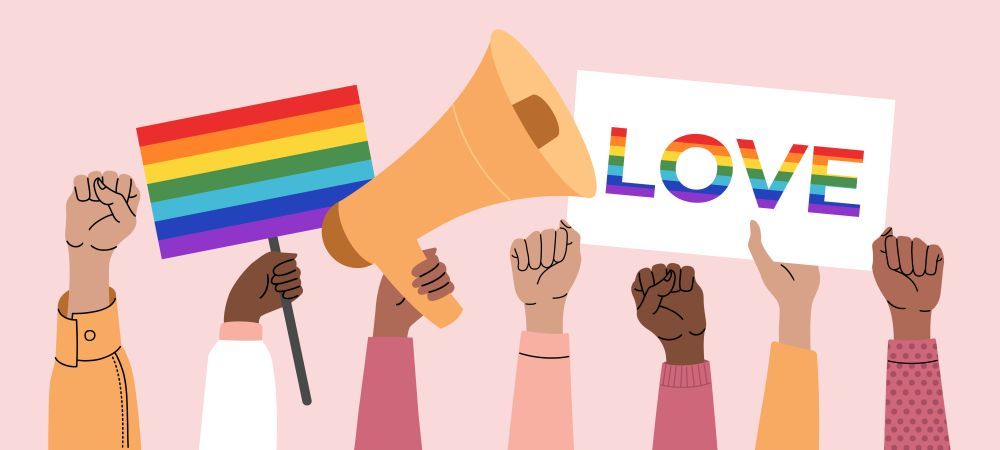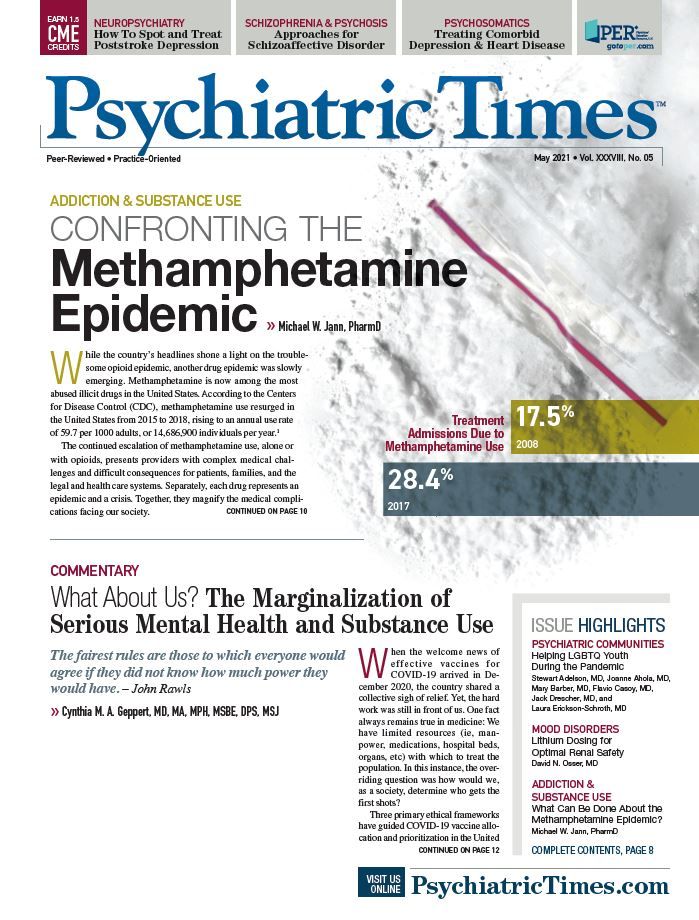ALSO IN THIS SPECIAL REPORT
The Mental Health of SGM Youth: Embracing Affirmation
Jack Turban, MD
Special Considerations for SGM Youth Online
Mathijs F. G. Lucassen, PhD; and Ana M. Ugueto, PhD, ABPP
The Negative Impact of Current Legislation on Gender Diverse Adolescents
Alexis Chavez, MD; and Shervin Shadianloo, MD








